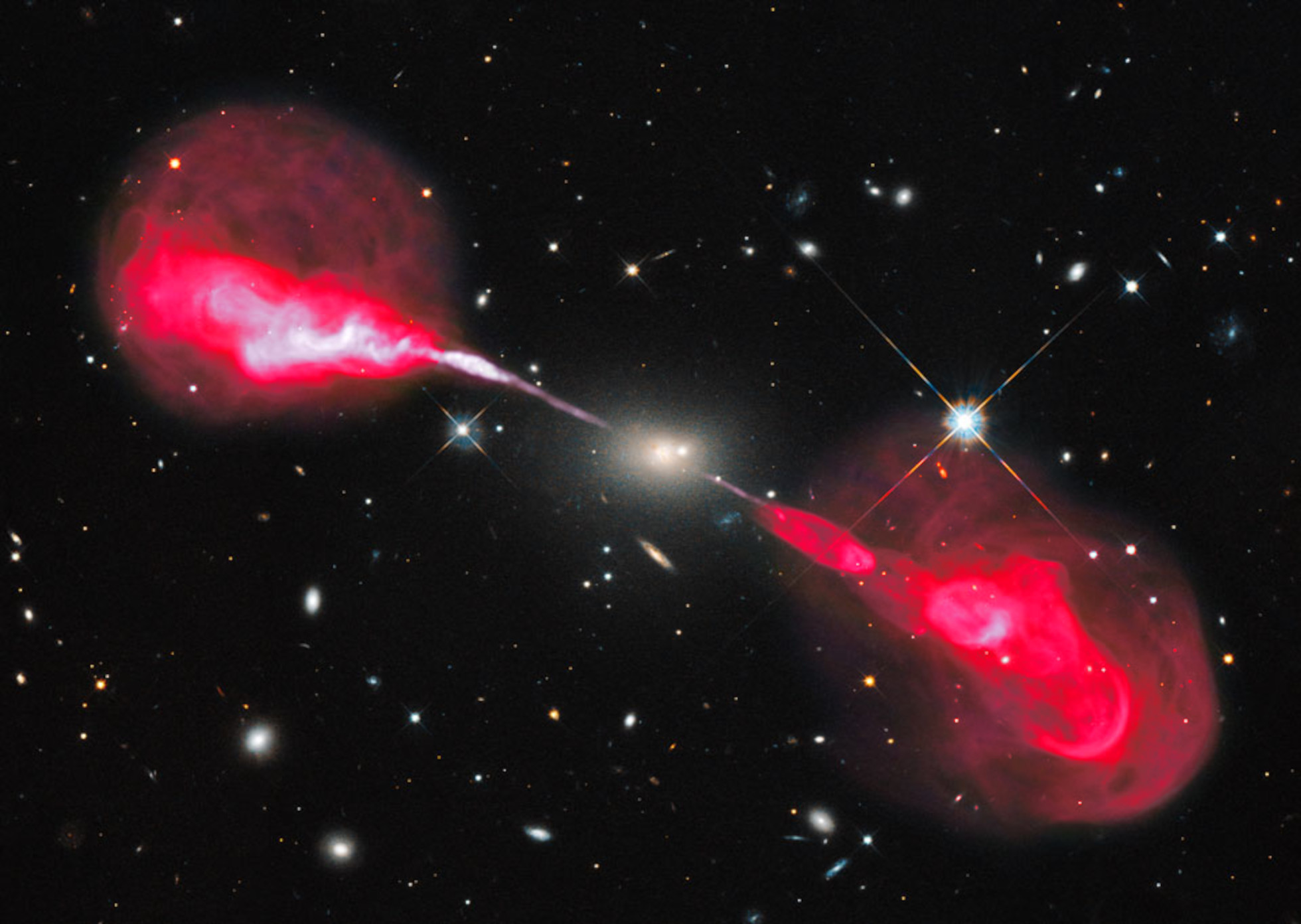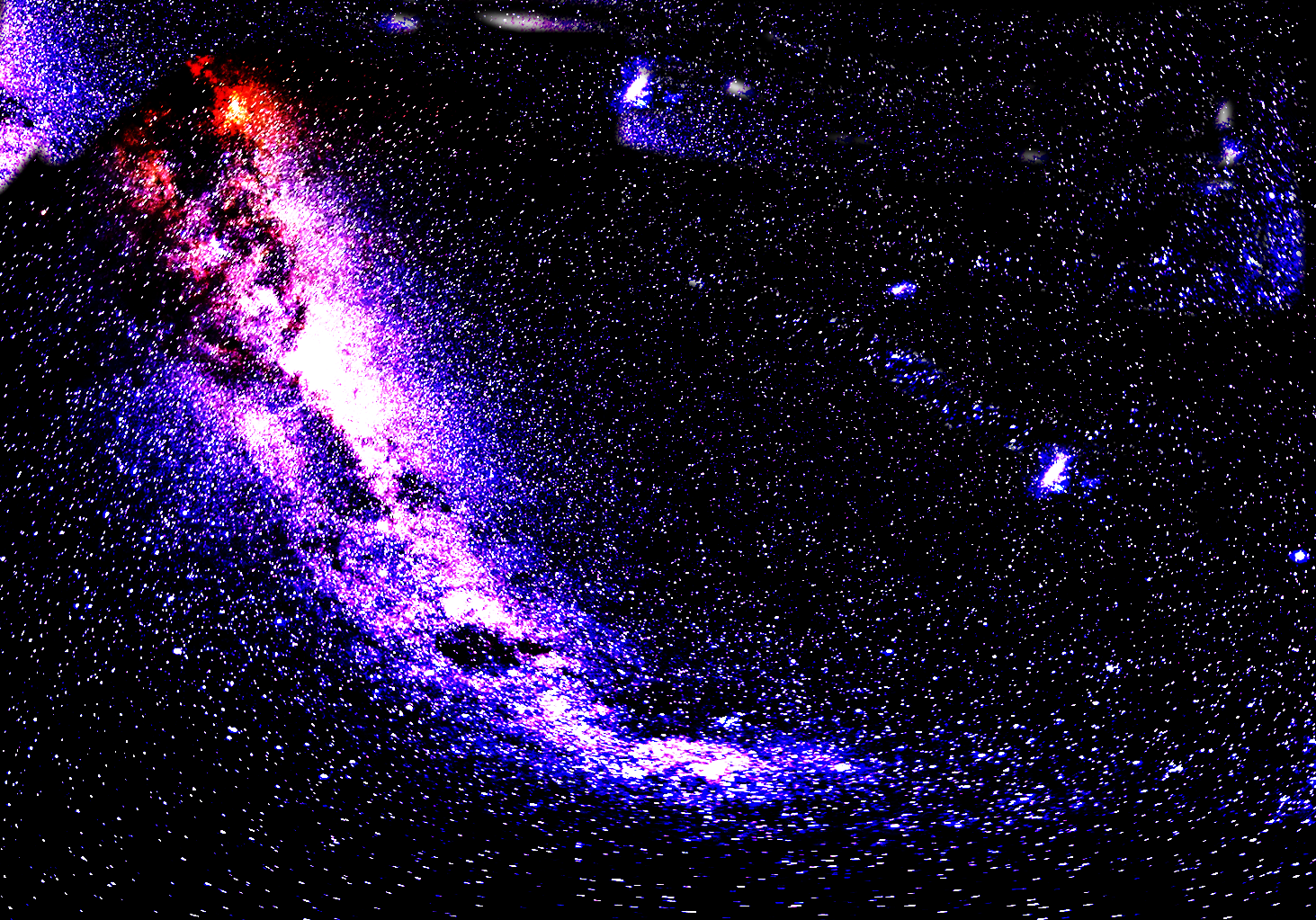Not only is the Universe stranger than we think, it is stranger than we can think.― Werner Heisenberg

Dr. Gopal Bhatta
Professor of Astrophysics
Institute of Astronomy
University of Zielona Gora, Poland
Welcome to my personal webpage!
I am a high-energy astrophysicist with a deep interest in multi-messenger astronomy. For over 20 years, my research has focused on Active Galactic Nuclei (AGN), exploring the full electromagnetic spectrum from radio to gamma rays, as well as investigating Gamma-Ray Bursts, neutrinos, and ultra-high-energy particles.
I received my PhD from Florida International University, Miami, in 2012 and have since presented my work at numerous international conferences across Poland, Germany, Spain, Austria, the Czech Republic, Italy, France, the USA, India, China, and Nepal.
With experience both as a collaborator in large research consortia and as an independent investigator, I have contributed to over 150 scientific publications. I also have a strong record of securing external research funding and bring extensive experience in teaching and mentoring undergraduate and graduate students.
Research Interests
I am interested in a wide range of topics in high-energy astrophysics, including supermassive black holes active galactic nuclei (AGN), relativistic jets, gamma-ray bursts (GRBs), and ultra-high energy cosmic rays (UHECRs). Additionally, I explore the application of machine learning techniques to study some of the most violent phenomena in the universe. Some of the areas I have been working on are as follows:
-
Multimessenger high energy astrophysics: it is a cutting-edge field that studies the universe using diverse signals, including electromagnetic radiation, neutrinos, gravitational waves, and cosmic rays.
By combining data from these "messengers," scientists can gain deeper insights into extreme astrophysical phenomena, such as black holes, neutron star mergers, and gamma-ray bursts.
This interdisciplinary approach enhances our understanding of the most energetic and violent processes in the universe.
The integration of multimessenger observations allows for precise localization and real-time monitoring of transient cosmic events.
As a frontier in modern astrophysics, it exemplifies the power of collaborative efforts across observatories worldwide to unravel the mysteries of the cosmos.
-
Multi-wavelength study of active galactic nuclei: Active Galactic Nuclei (AGNs) are extremely luminous galactic cores powered by the accretion of matter onto supermassive black holes, which are millions to billions of times more massive than our Sun. Blazars, a subclass of AGNs, produce relativistic jets that accelerate particles to nearly the speed of light. These sources emit copious amounts of X-rays and gamma rays, dominating the gamma-ray sky. We study these objects in collaboration with a large research team using both ground-based and space-based telescopes, including instruments from NASA and ESA.
-
Quasi-periodic study of active galactic nuclei: The search for quasi-periodic oscillations (QPOs) from AGNs has become an actively pursued field of research in recent years. This is because QPO signals bring us information about the processes occurring near the innermost regions of blazars, which are mostly inaccessible to our direct view. Such signals provide insights into some of the extreme conditions that take place in the vicinity of supermassive black holes that lead to the launch of the relativistic jets. In addition, studies of characteristic timescales in blazar light curves shed light on some of the challenging issues in blazar physics that include disk-jet connection, strong gravity near fast-rotating supermassive black holes, and release of gravitational waves from binary supermassive black hole systems. Our research team reported QPOs in gamma-ray and optical observations of a number of sources including Mrk 421, Mrk 501, S5 0716+714 and PKS 2155-304.
-
Ultra-high energy cosmic rays: The Earth is continuously bombarded by high-energy particles from space, and occasionally, particles with extremely high energies strike the Earth's atmosphere, producing a shower cascade. Such particles are called ultra-high energy cosmic rays (UHECR), and a single particle can have an energy as large as ~1019 eV. The exact origin of UHECRs remains an active area of research. As a former member of the Pierre Auger Collaboration, I was involved in the search for ultra-high energy particles. Currently, our research focuses on studying the possibility of such particles being photons.
-
Gamma-ray bursts: Gamma-ray bursts (GRBs) are among the most violent cosmic phenomena. The energy released by these sources is comparable to the total energy output of the Sun over its entire lifetime. GRBs appear as brief flashes of gamma rays in the sky, known as the prompt emission, which typically lasts from a few milliseconds to several minutes, depending on the type of GRB (short or long duration).
The gamma-ray flash is often followed by afterglows at lower energies, including X-ray, optical, and sometimes radio wavelengths. Among these, the X-ray afterglow is generally the most prominent and can persist for hours to days, depending on the GRB and its surrounding environment.
Our research team is focused on studying the correlation between various observational parameters and conducting detailed spectral analyses.
Selected Publications
For complete publications click the links below
Complete Publications
More
Additional information about Dr. Gopal Bhatta's work will be added soon!



